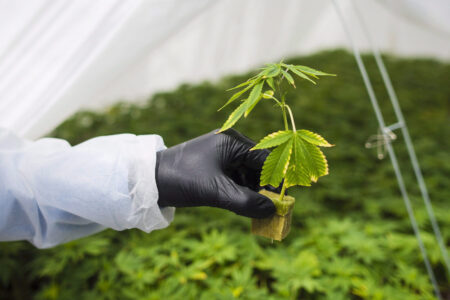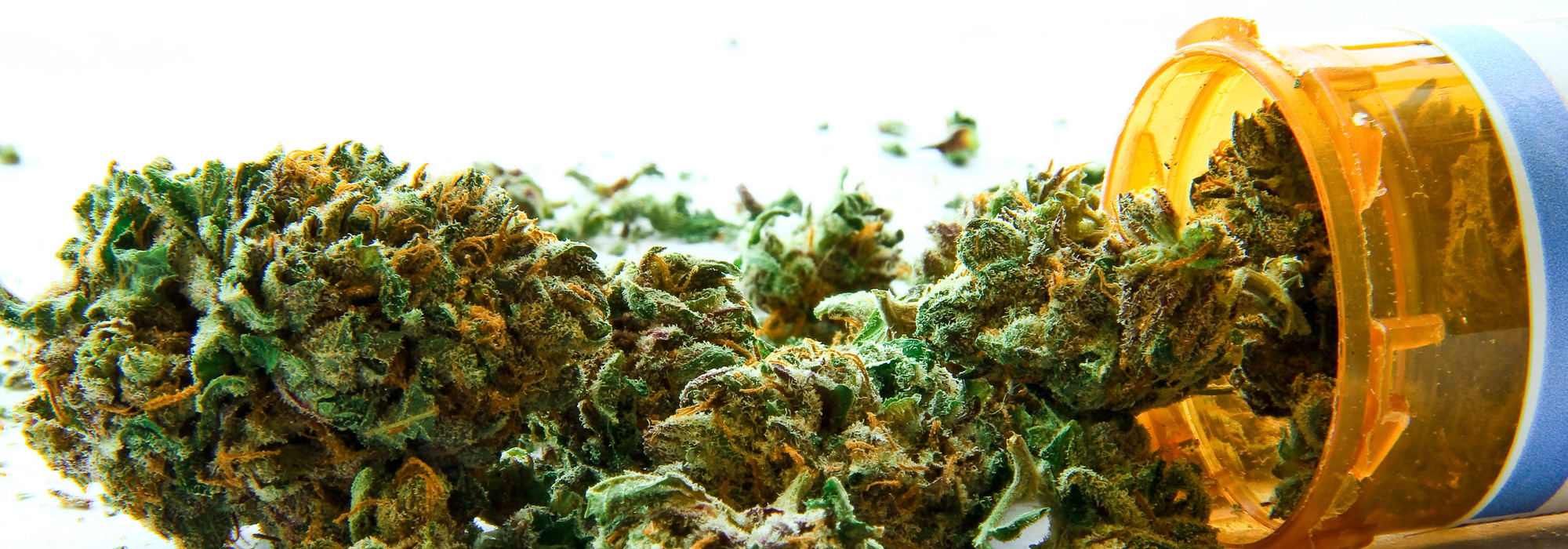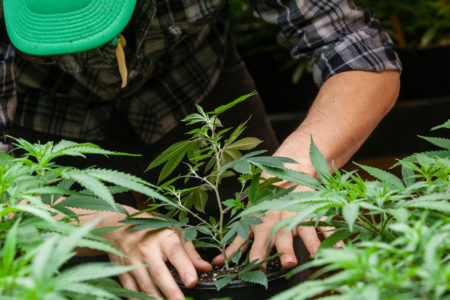
In February 2016, in Allard v. Canada 2016 FC 236 (Allard), the Federal Court of Canada struck down regulations prohibiting patients from producing their own medical cannabis. Subsequently, the federal government decided not to appeal that ruling or the six-month timeframe for enacting new regulations. These decisions have set in motion a review of Canadian medical cannabis policy that will once again result in significant regulatory changes. These changes may also inform Canada’s legislation on adult recreational cannabis, which is expected in spring 2017.
The good news is we are not starting from scratch. Canada already has one of the most advanced medical cannabis industries as well as some of the strictest medical cannabis regulations in the world. But how do we create a system where large-scale commercial production can effectively co-exist with small-scale personal production? How do we increase patients’ options and accessibility while effectively controlling administrative and regulatory costs? How do we strike an appropriate balance between medical access to cannabis and public safety and security?
Safety and security must always be our first priority. No system of growing and selling cannabis can work without explicit, strict and enforceable rules on product quality, consistency, safety and security.
We need to support personal medical production in a manner that is consistent with Allard. We have to do this while also addressing public safety and security concerns, and allowing licensed producers to continue supplying the rest of the patient population with labelled, tested and quality-controlled medical cannabis. This means developing rules that specify not only who is authorized to produce their own medical cannabis, but also where and how they are authorized to produce it. For instance, limiting personal cannabis production to private homes and requiring producers in those homes to comply with the applicable safety codes and to notify local authorities about their license would increase safety and help law enforcement to distinguish legitimate personal production sites from illegal operations.
We need to develop rules that specify not only who is authorized to produce their own medical cannabis but also where and how they are authorized to produce it.
The majority of patients, however, will not produce their own cannabis. Instead, companies like Tilray will continue to work within the parameters of the federal regulatory regime for licensed producers, to ensure that these patients receive high-quality medical cannabis that is safe, consistent and reliable.
Meanwhile, another important Supreme Court ruling has also had an impact on how we look at cannabis policy. In June 2015, the Court found Canadians have a constitutional right to possess nondried forms of cannabis. This historic decision prompted Health Canada to allow for the production of cannabis oils for oral consumption, which offer patients an alternative to vaporization and smoking. In keeping with this decision, we need to continue to diversify the forms of medical cannabis available to authorized patients in Canada. For instance, accommodating delivery systems such as prefilled vaporizer cartridges, which the current rules relating to oil production prescribe, would allow for more precise dosing in a safe and consistent manner and increase patient access to medical cannabis, a core tenet of Allard.
Unfortunately, available cannabis isn’t necessarily affordable cannabis; to ensure long-term access we must consider the real financial barriers patients encounter every day, such as the lack of comprehensive insurance coverage that is comparable with that of other prescription drugs. There is no question that lack of affordability may be limiting medical cannabis users’ ability to manage their health conditions.
Another barrier is the taxation of medical cannabis. As it is a drug therapy acquired only through authorization by a qualified health care practitioner and not available over the counter, medical cannabis should be treated like other prescription drugs and be exempt from sales tax. The burden of the sales tax can unfairly cost patients hundreds of dollars a year. Recent research funded by the University of British Columbia Institute for Healthy Living and Chronic Disease Prevention found more than half of respondents who use cannabis for medical purposes reported that they can never or only sometimes afford to buy enough cannabis to relieve their symptoms, and a third of respondents stated that they often or always have to choose between medical cannabis and other life necessities, such as food, rent and other medicines.
Any new policies must provide meaningful assistance to patients. Decision-makers should work in collaboration with licensed producers to develop a comprehensive and compassionate pricing program for low-income patients. Federal subsidies and drug coverage under the various federal, provincial and territorial programs would not only help patients access the treatment they need, it would also reinforce the commitment to compassionate and equitable access to effective care.
It will be imperative that we apply the important lessons from the medical cannabis program to the adult recreational market. Safety and security should be the first concern. This means implementing food- or pharmaceutical-grade production standards and extending the stringent quality, transparency, and consistency expectations of the current medical regulatory regime to any new sources of cannabis. It means controlling where and how cannabis is grown and sold, in order to keep it out of the hands of children and prevent the profits from flowing to organized crime.
It will be imperative that we apply the important lessons from the medical cannabis program to the adult recreational market.
The experience of other jurisdictions around the world suggests that we should always keep the adult recreational cannabis and medical cannabis programs separate, because of differences in the types of products and forms of consumption required by their customers. However, that should not compromise the quality of the end product. Any regulatory framework should require legal cannabis to be produced under carefully controlled conditions with strict labelling, child-resistant packaging, and testing for safety, purity and potency.
The new rules should prohibit the sale of some forms of cannabis edibles that may appeal to children, such as gummy bears. Should the government decide to allow other forms of edibles, it should consider very strict controls on packaging and advertising to ensure consumers understand the appropriate dosing and possible effects. In this respect, Canada can learn from Colorado, which changed its regulations on edibles after experiencing an increase in cannabis-related emergency room visits, driven almost entirely by overconsumption by out-of-state tourists and by edibles.
From a financial perspective, the appropriate taxation of recreational cannabis will be a powerful tool. Governments will inevitably benefit from the new revenue source. For example, a year after legalization, Washington State had collected nearly $83 million in cannabis tax revenues. It used these revenues to fund abuse-prevention, treatment and education programs; community health care services; and research. At the same time, it is essential to manage the taxation of adult recreational cannabis so that high prices do not drive recreational consumers to the black market. The free market principles of regulated competition will encourage the establishment of a professional, responsible, competitive industry of recreational cannabis production.
Since the Marihuana for Medical Purposes regulations came into effect in 2014, we have witnessed the emergence of a robust, competitive and truly Canadian medical cannabis industry. We should be optimistic about our opportunities to build collaborative regulatory frameworks that reflect our collective commitment to the rigorous production and testing of cannabis, to programs that support affordability and accessibility, and to seed-to-sale regulations that protect our citizens, especially our children. We have an important opportunity in the months ahead to develop a cannabis program that works well for Canadians and becomes a respected model across the globe.
Photo: Atomazul / Shutterstock.com
Do you have something to say about the article you just read? Be part of the Policy Options discussion, and send in your own submission. Here is a link on how to do it. | Souhaitez-vous réagir à cet article ? Joignez-vous aux débats d’Options politiques et soumettez-nous votre texte en suivant ces directives.






